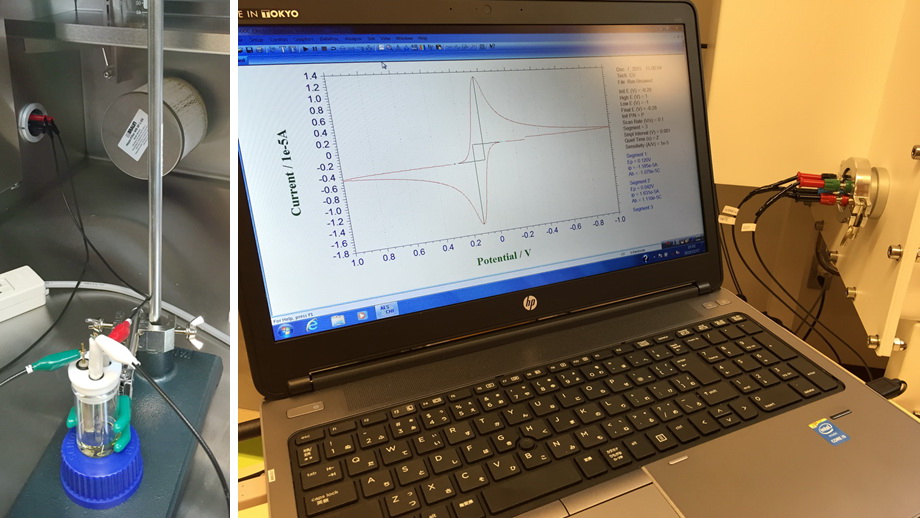Preparing for electrochemical experiments inside the glovebox
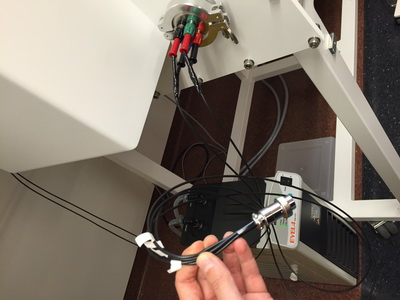
Since we started getting some really air- and moisture-sensitive complexes, I finally set up the system to use our potentiostat for voltammetric or electrolysis experiments inside the glovebox. There are usually several options how to connect a cable with an electrochemical cell located inside the glovebox (BNC, just hermetically sealed cable feedthrough etc), but we decided to go with simple banana connectors as the most affordable and simple option.
This is the final setup, and below is the story of the whole process in pictures, just in case someone else can find it useful.
First, we need a new set of cables for our CHI 660E that are a bit longer than the standard set. We cut the cables (just don’t forget to label them before cutting!!!) so that you can place the potentiostat outside the box, and the ends with the alligator clips inside the box (at the same time trying to minimize the length of all cables, especially for reference and working electrodes). Then for each cable, we need to separate a core cable and a shielding cable and connect them to different banana plugs. So if we have 4 cables, we need 8 banana plugs. Separating a shielding cable from a core cable looks something like this (but unbraid it for about 5 cm length, longer than shown here):
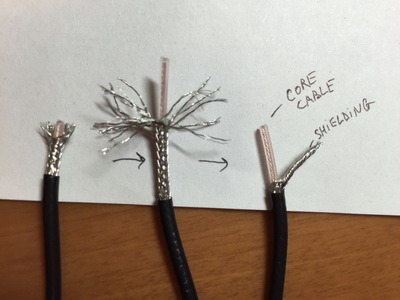
Then connect separately a core cable and a shield cable to two banana plugs (used here: gold-plated banana plugs, 30W soldering iron, rosin flux, 63/37 Sn/Pb solder):

Here is the final result (I used red ones for core and black ones for shield, just to remember):
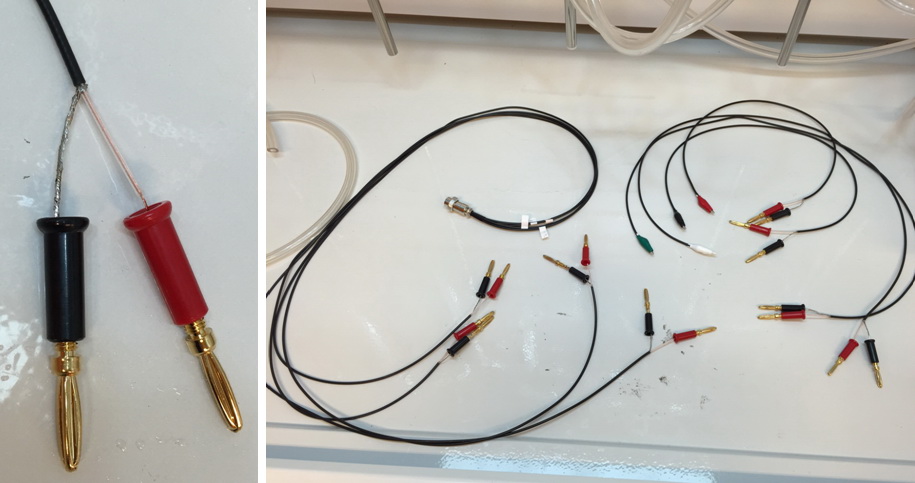
It looks like this inside and outside the box (after insulating the wires):
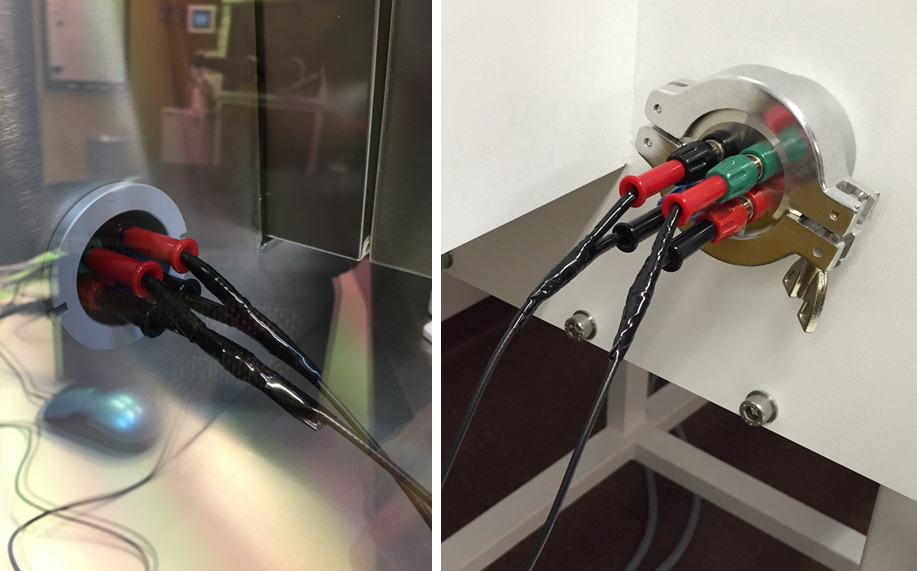
Then I test it with my “equivalent cell”, and it shows the expected Ohm’s law (for 1 kOhm resistor) with compliance voltage limitations at the edges (over about +/-1.25 V):
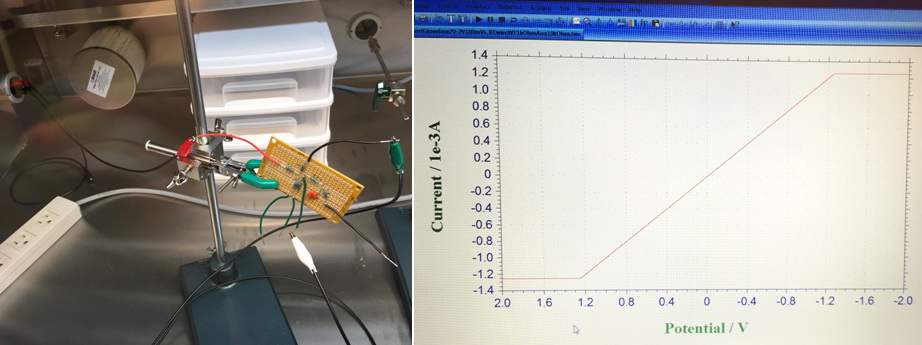
The final test with ferrocene looks quite good. There are minor problems with iR compensation at high scan rates (~10V/s), but it’s not unexpected considering the cables are quite long.
